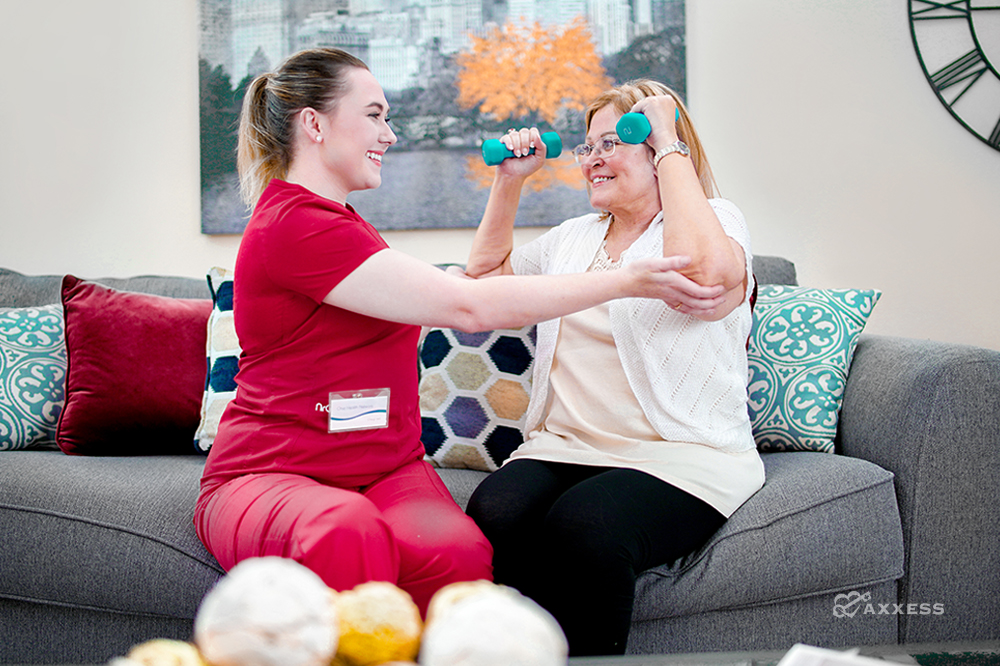
The Patient-Driven Groupings Model (PDGM) is a payment reimbursement model that was introduced to the home health industry in 2020, an impactful revision on a system that hadn’t been altered in 20 years. This change did not affect the Conditions of Participation, OASIS regulations, or ICD-10 coding guidelines, nor did it modify the types of patients that are cared for under the home health benefit.
A common discussion is centered around how much therapy should be provided under PDGM. Despite the change in reimbursement regulations, you should provide as much therapy as necessary to efficiently meet the appropriate goals for each patient. Since the incentive for providing high quantities of care has been removed, it is essential to shift the focus to value rather than volume by demonstrating improvement to measurable outcomes (including preventing hospitalization) and overall functional level.
Home Health Therapy Is Reimbursed
There are pockets of our industry that interpret the changes to PDGM as being an environment where therapy services are no longer reimbursed. This is entirely inaccurate. The shift from Prospective Payment System (PPS) to PDGM was designed to be budget neutral, meaning that the CMS expenditures would remain consistent between 2019 and 2020, even though the payment model had been altered. PDGM is predicated on aligning reimbursement with patient characteristics, including the need for dressing supplies for patients with wounds and therapy services for those with impaired function and mobility.
An examination of the reimbursement related to each of the 12 PDGM clinical groups shows that Musculoskeletal and Neuro Rehab are among the categories with the highest payments. This is indicative of the fact that therapy is anticipated for these patients, and the necessary funding is included in the clinical group and other PDGM reimbursement variables. Although the therapy reimbursement can no longer be identified as a separate entity, the reimbursement is still provided and the need for therapy still exists more significantly.
Who Can Receive Home Health Therapy?
It is anticipated that therapy services will be the primary focus of care with patients in the Musculoskeletal and Neuro Rehab groups and that is certainly what we are seeing. Still, there are no rules or restrictions preventing the use of therapy services with patients in many other clinical groups as well. For example, patients in the MMTA-Cardiac and MMTA-Respiratory groups are likely to be the types of patients, due to their clinical findings, where you would involve therapy services under the PPS payment system; your approach should not vary under PDGM.
Other Benefits of Home Health Therapy
In addition to the clinical need for therapy services, focusing on improving function, balance, strength, coordination and safety, there is also the ancillary benefit of being able to show measurable improvements with regards to your Home Health Compare and 5-star scores. Many of the items associated with your agency’s 5-star scores can be tied to tasks that therapists are well-positioned to address (e.g., ambulation, transferring, bathing, pain with activity, and dyspnea). Agencies who choose to pare back on their utilization of therapy services significantly will undoubtedly see a worsening of their 5-star scores, which will put them at a competitive disadvantage.
Axxess provides agencies with the tools and guidance necessary to succeed under PDGM. With an innovative home health software that ensures compliance and helps your agency take better care of patients, Axxess is used by enterprise and small businesses alike.

